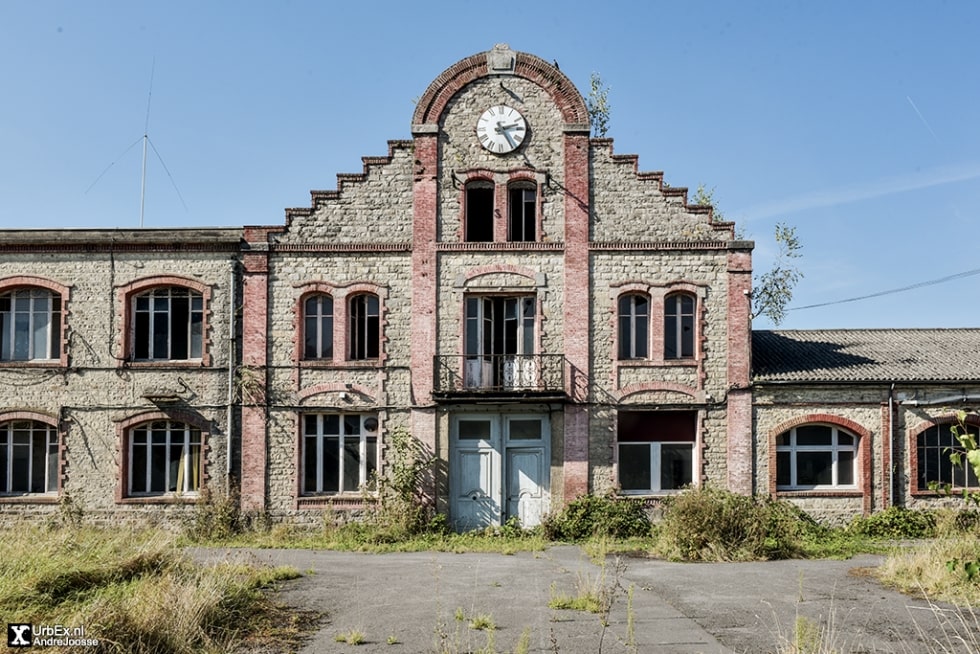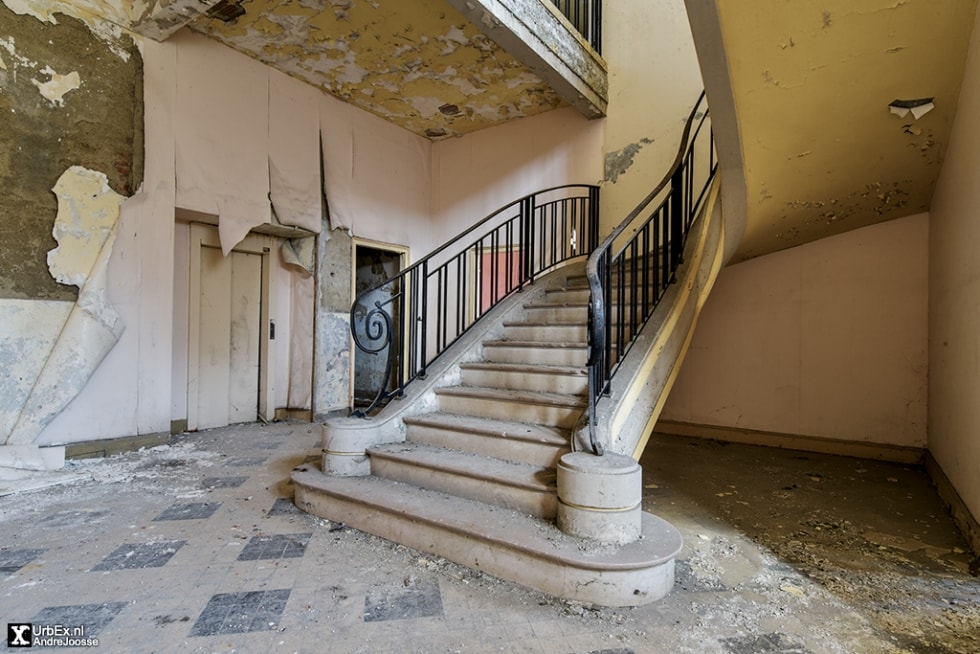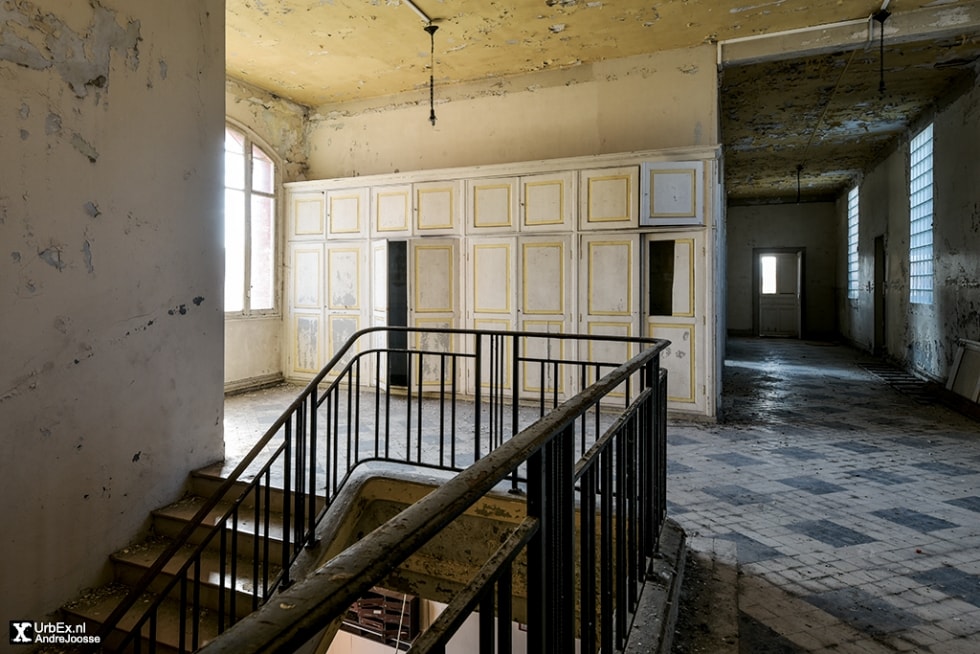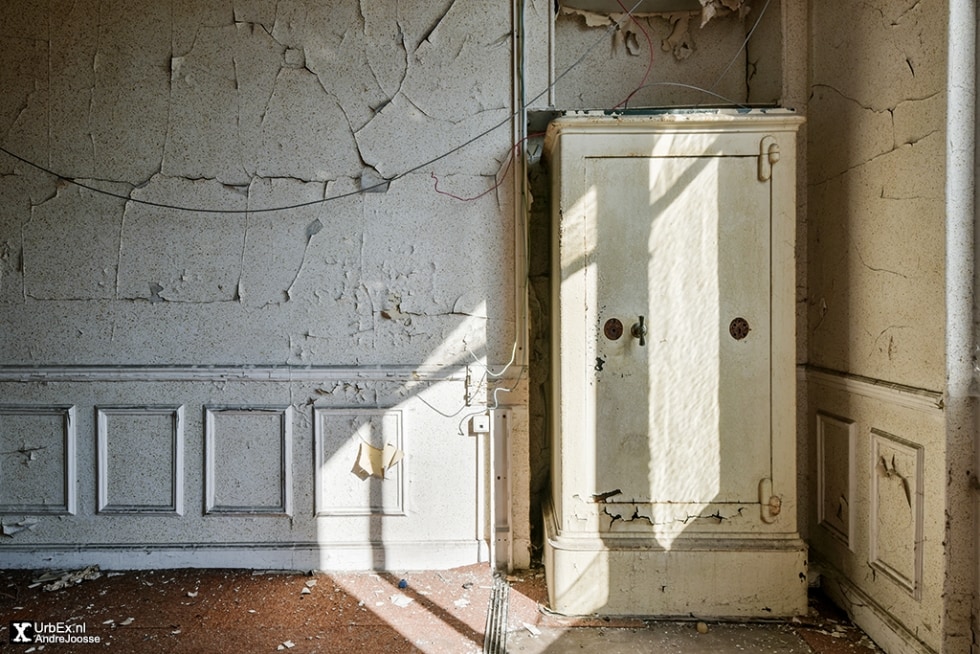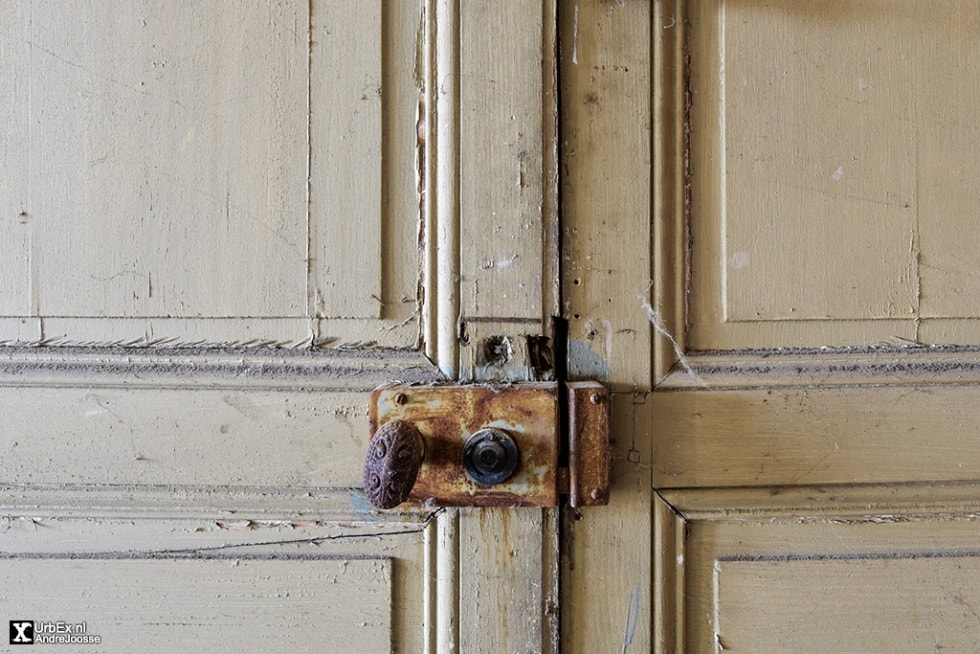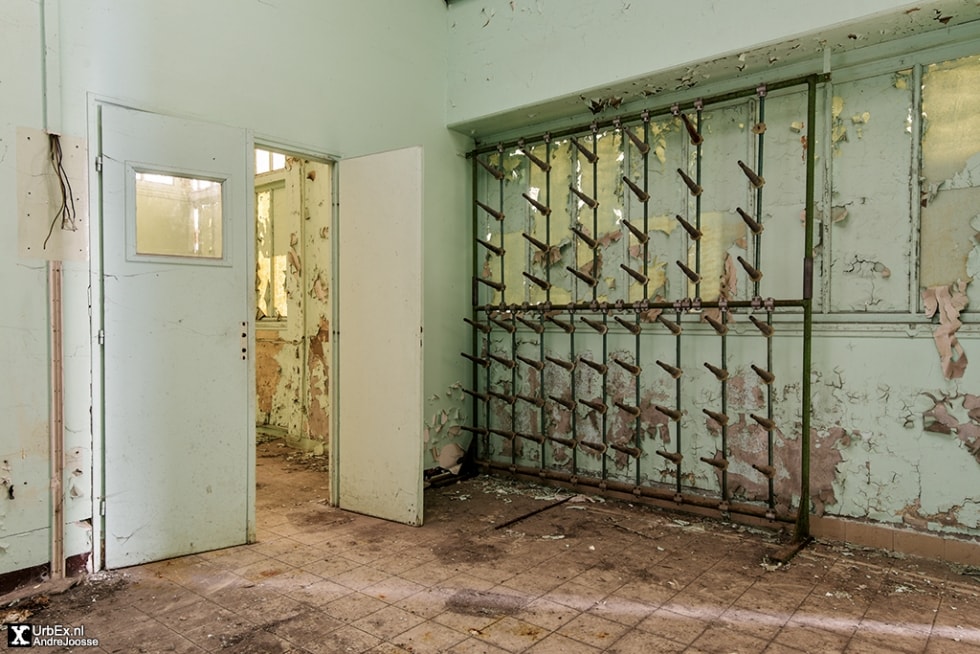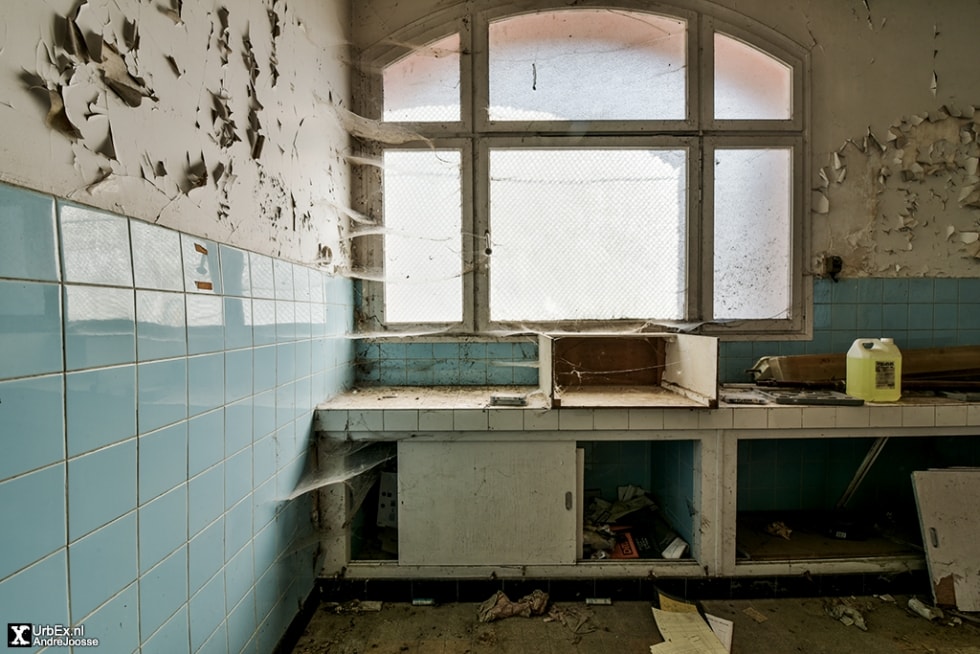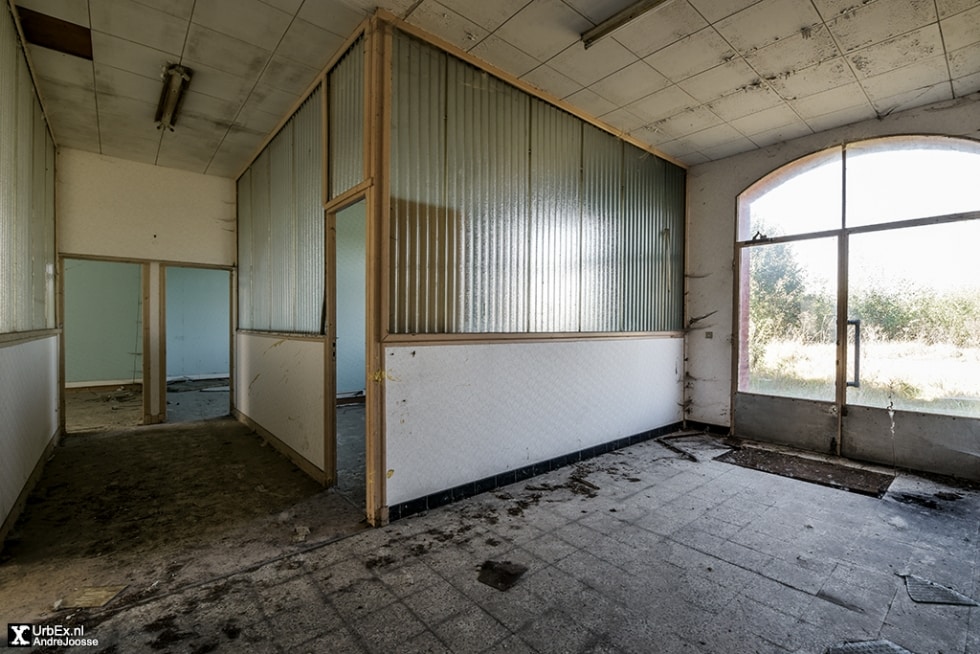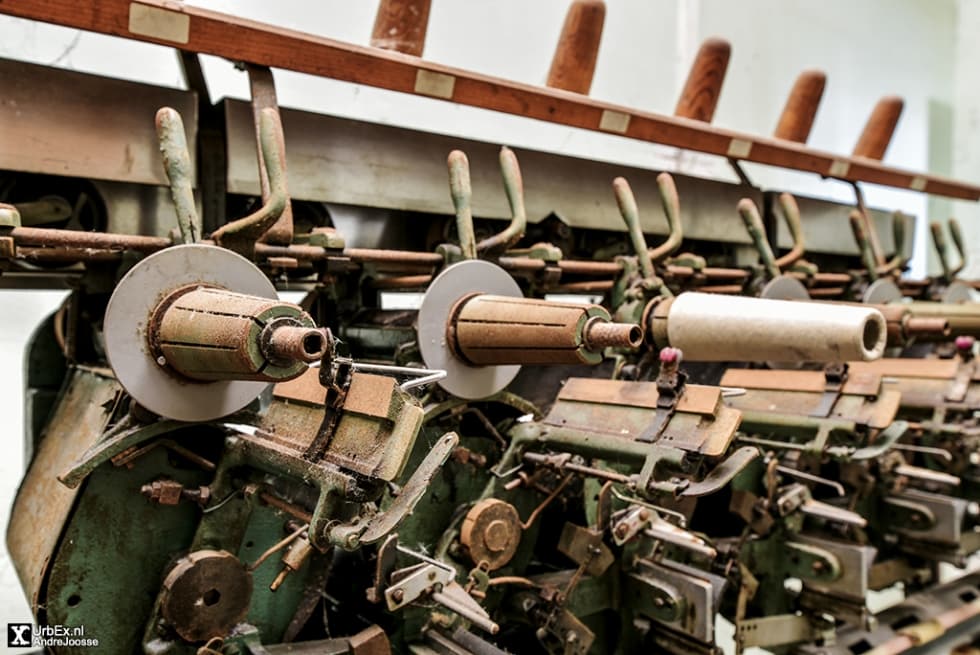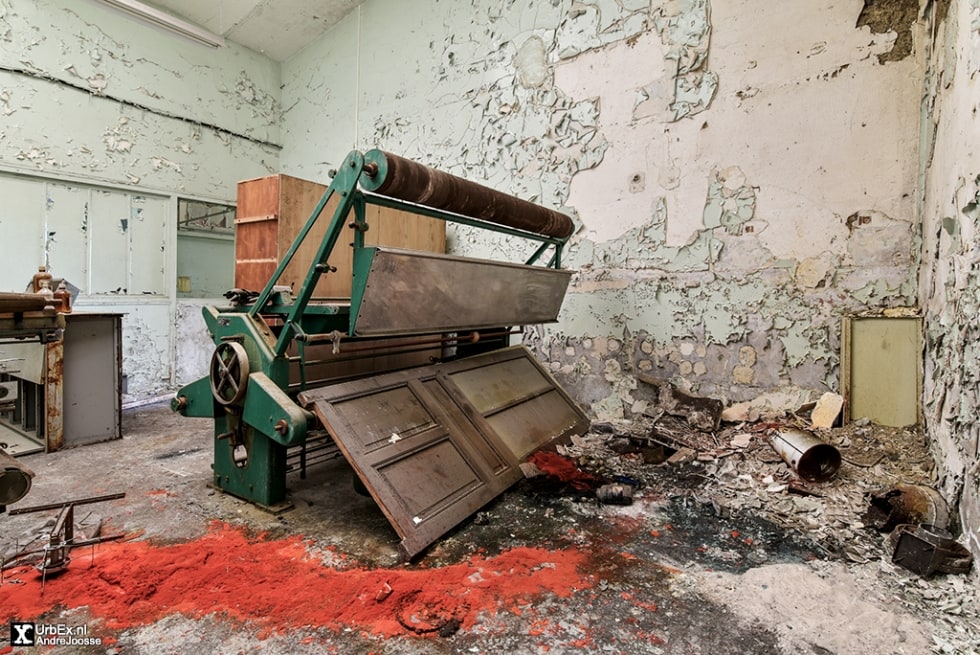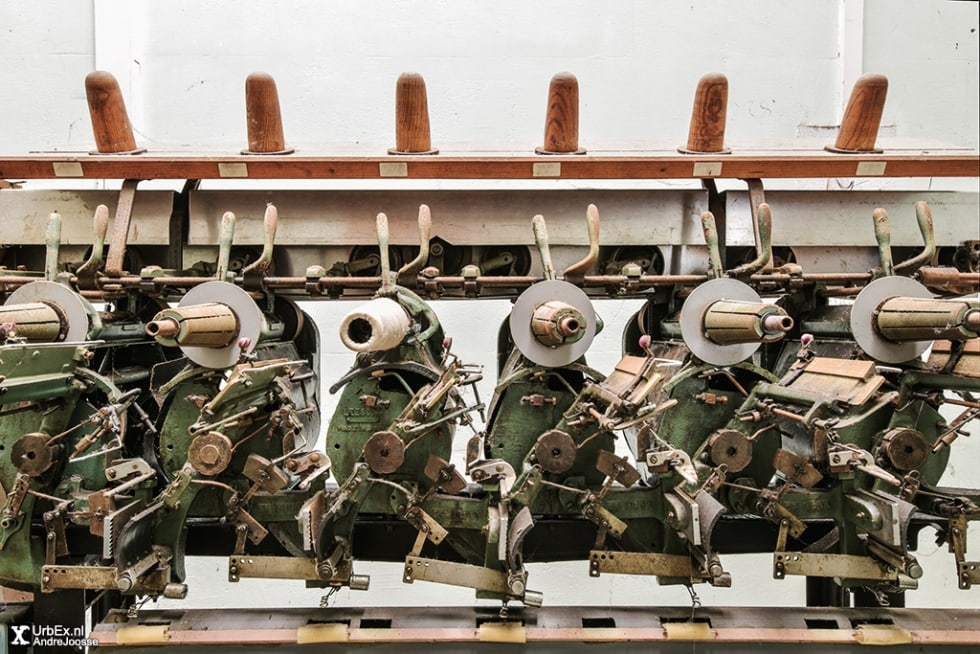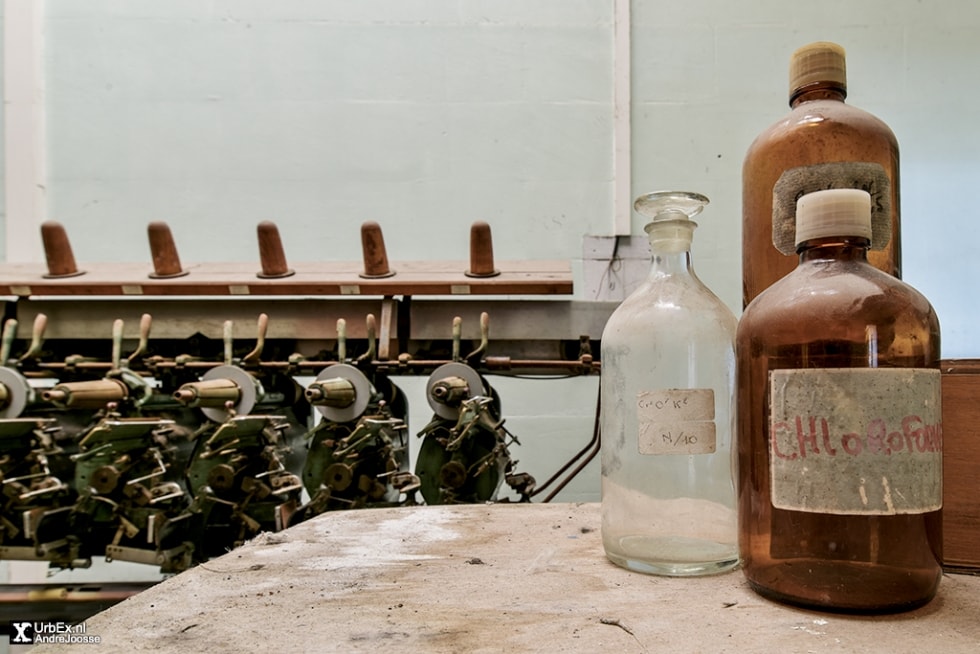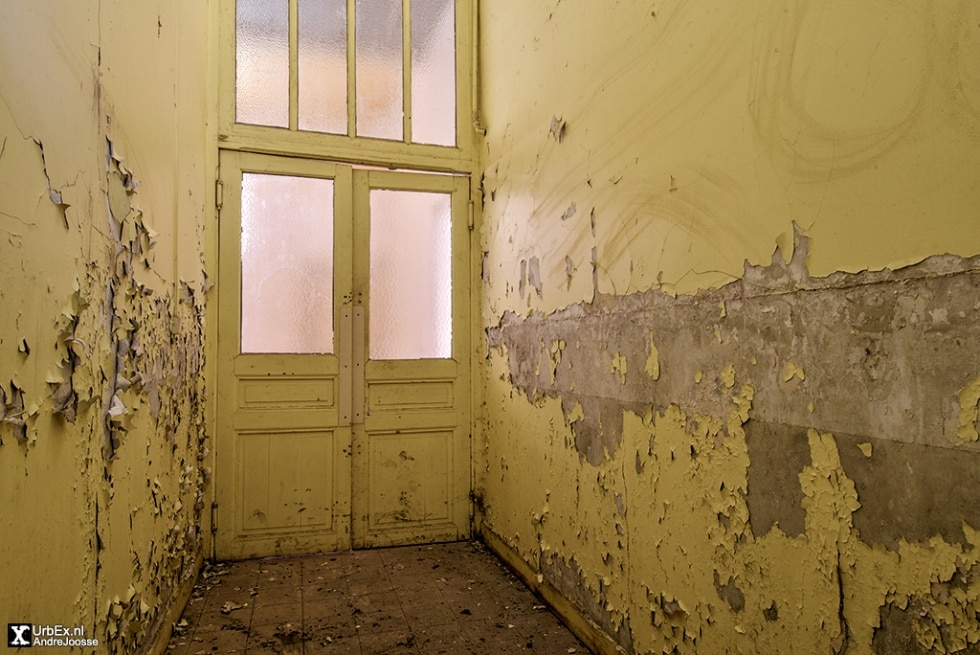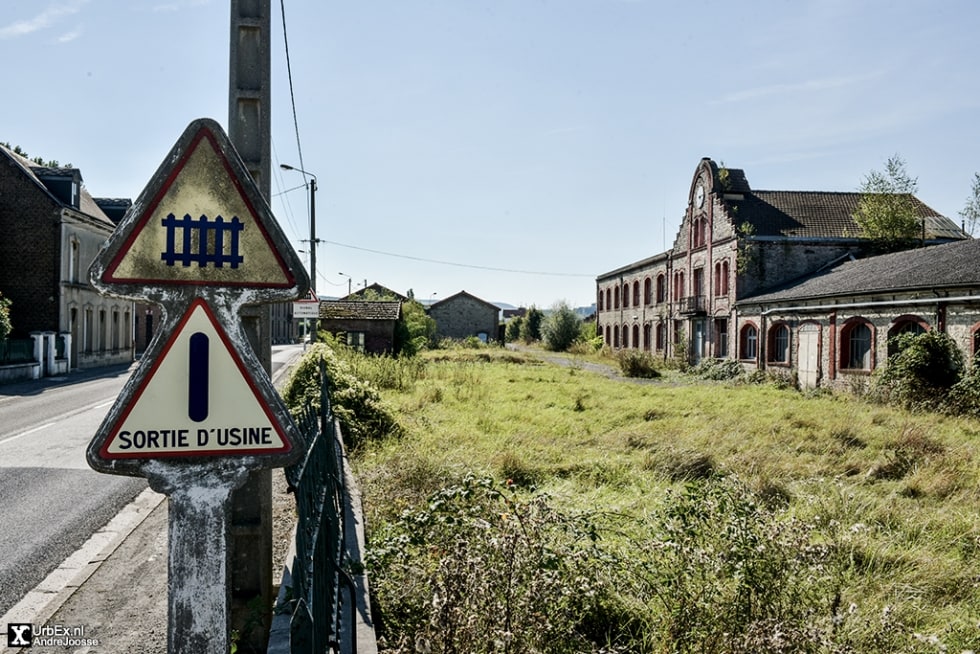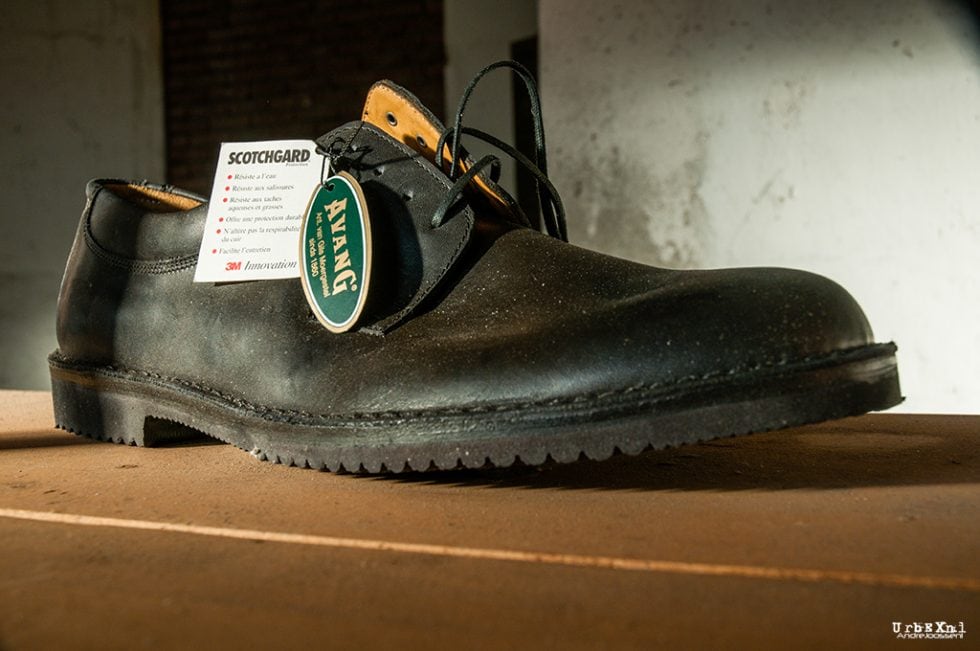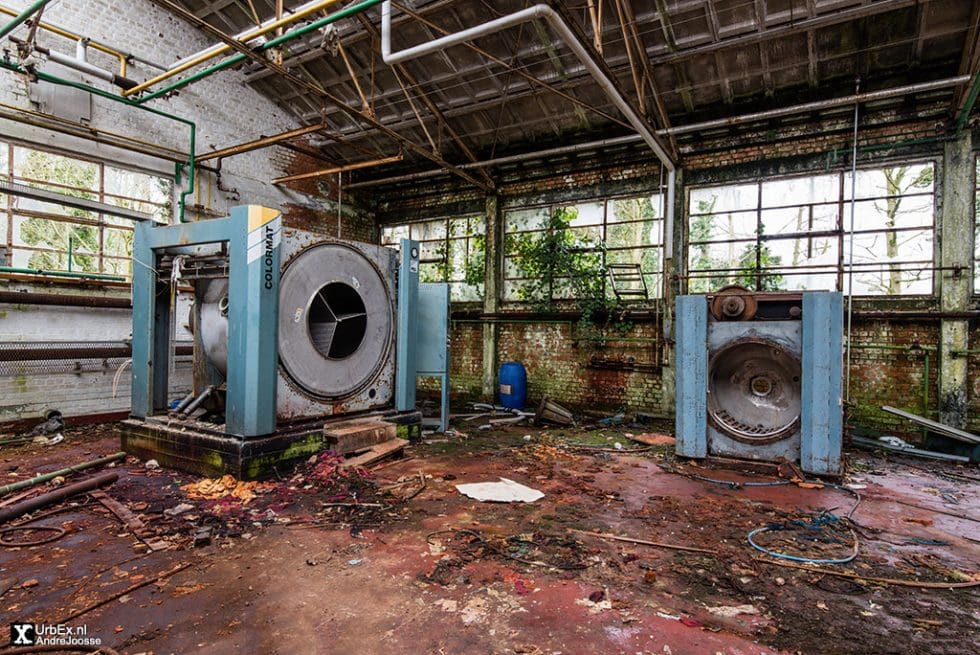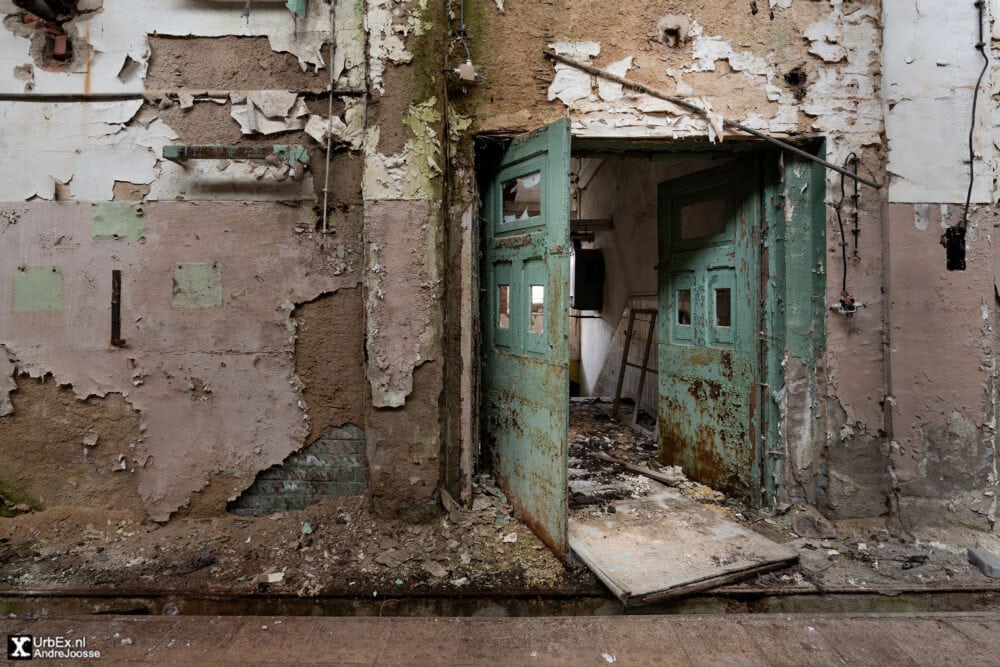Cellatex
THE ABANDONED TEXTILE FACTORY IN FRANCE
Cellatex SA is a former French viscose spinning company founded in 1981. This factory in the Ardennes department was built in 1902 and liquidated in 2000.
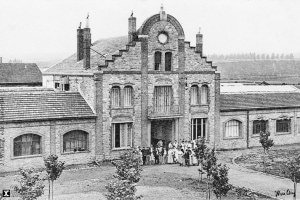
In 1890, the father of artificial silk, Hilaire de Chardonnet, founded the ‘Société anonyme pour la fabrication de la soie de Chardonnet’ in Besançon. In March 1902, a second factory was built in Givet. The company was named ‘La Soie Artificielle’.
The factory in the town Givet was specialized in the production of an artificial silk called rayon. This is a semisynthetic fiber which resembles silk, but typically costs less to produce and was made out of viscose. Until 1913, the production of artificial silk grows heavily, the factory is increasing from 8 thousand to 21 thousand m² in ten years. The plant employed 790 workers in 1913.
In 1914, with the onset of the First World War, the city was occupied, and the factory was partially converted into a hospital. The remaining sections became a facility for producing fats, margarine, and canned goods. Concurrently, the industrial textile machinery was transported to Germany.
Synthetic fibers
Following the war, production at the Givet factory resumed. By 1920, artificial silk production had surpassed that of natural silk. However, starting in 1950, the emergence of synthetic fibers like nylon and terylene, which were successful in the market, led to a decline in artificial silk. This resulted in the closure of the first artificial silk factories in the 1990s. By the year 2000, Cellatex had entered liquidation. Faced with these events, the workers threatened to detonate the factory and pour acid into the adjacent river, actions that would have caused extensive pollution and devastated wildlife. Ultimately, the authorities relented, and the workers received their severance pay.
At the time of its closure in July 2000, the factory had a workforce of only 153 employees and had lost its remaining patents. It stood as the final viscose company, processing paper pulp, among the original eighteen factories in France that operated in this industry two decades prior. Presently, a significant portion of the site, including the thermal power station, has been demolished and cleared. Currently, sections of the former factory serve as storage while others remain deserted. In the end, all 55 spinning looms were dismantled. My visit to this factory was in 2016.
